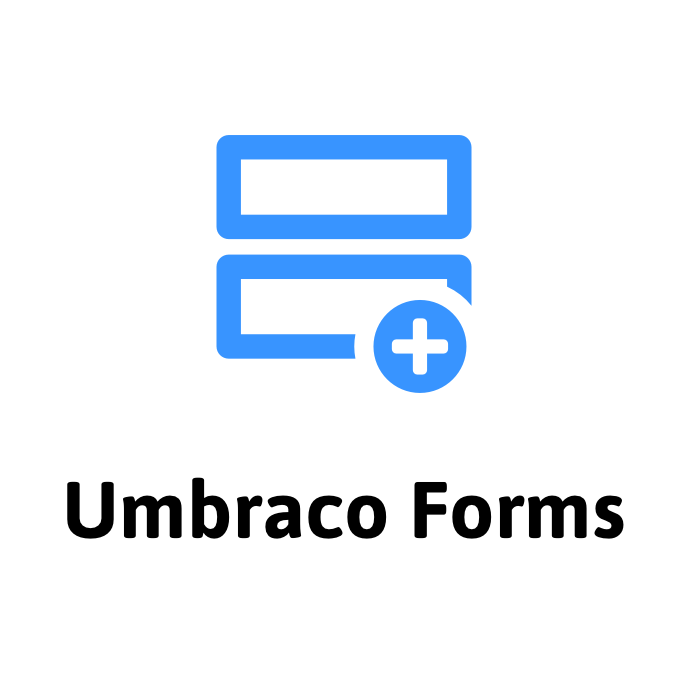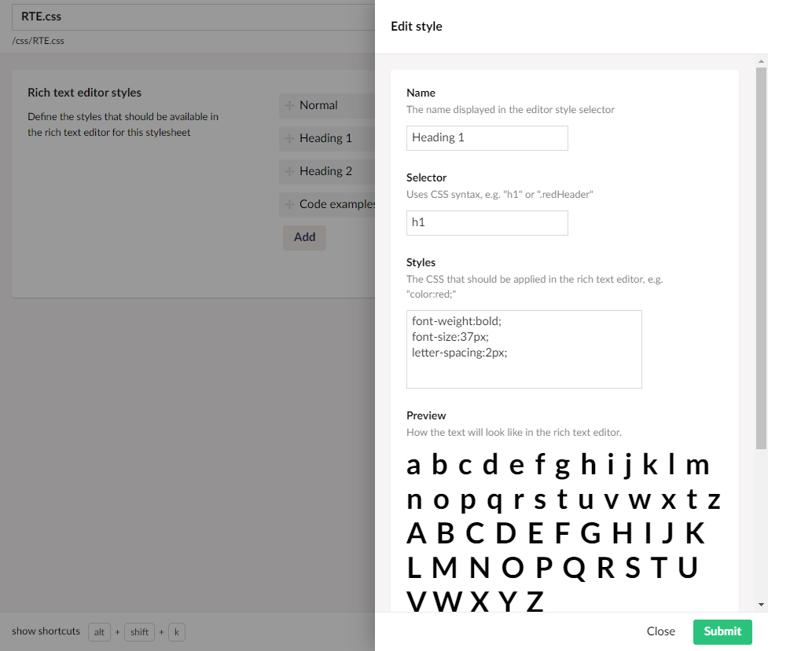Missing umbracoExternalLogin Data After Migration in Umbraco 13
During a migration from Nested Content to Block List in Umbraco 13, I noticed that the `umbracoExternalLogin` table had suddenly become empty. The reason turned out to be missing external login provider settings in my local `appsettings.json`. In this post, I explain why Umbraco automatically removes those records, reference the code behind it, and share how to avoid losing login data during local migrations.
Continue Reading





